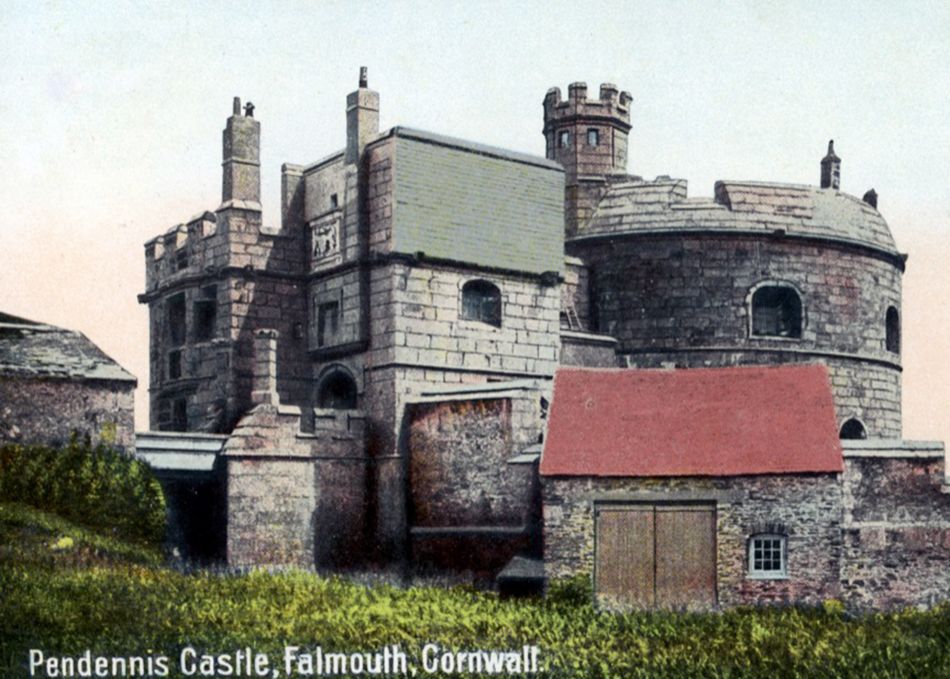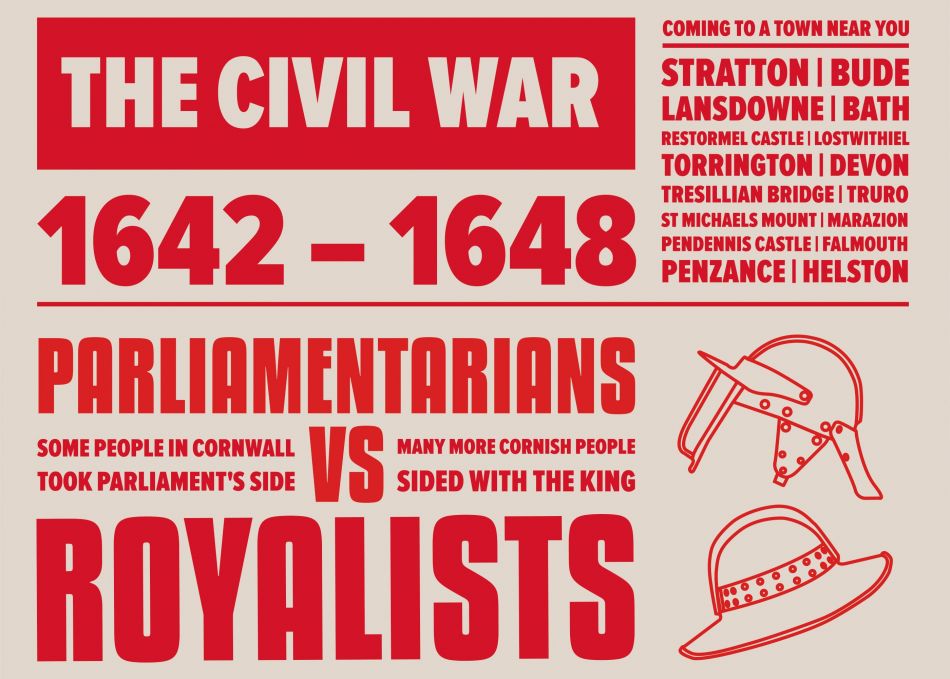Early history
Lanhydrock House was built in the 1600s but the estate (the surrounding land) is much older. Until 1530, it was religious land belonging to the Priory of St Petroc. After Henry VIII’s Dissolution of the Monasteries, church property was taken away and given to important landowners instead.
1620
The 1600s
In 1620, the land was sold to Sir Richard Robartes. A rich local merchant (trader), Sir Richard planned to create a large manor house. He began work on Lanhydrock but died soon after. His son John continued the building, which was finally finished in 1651.
John Robartes went to Oxford University and mixed with many important people in English society. He disagreed with many of the policies of Charles I and believed the King was being given bad advice. When Civil War broke out in 1642, he became a Parliamentarian and fought against King Charles. Many people believe that it was John who encouraged the Parliamentarians to march into Cornwall in 1644.
When Charles II came to the throne in 1660, John returned to a quiet life at Lanhydrock. He later became an important politician.
1881
The 1800s
Lanhydrock remained in the same family for many years. By the 1800s, their surname had changed to Agar-Robartes.
On 4th April 1881, a devastating fire ripped through the building. Juliana Agar-Robartes, the lady of the house, became trapped and was rescued through an upstairs window. Lanhydrock was almost destroyed, with only one part saved. To stop the fire spreading, this section was cut from the rest of the house with axes, saws and dynamite.
We don’t know how it began, but it was in the roof – a terrible smoke filled the House at one o’clock and soon the fire was seen above the kitchen. Letter from Juliana Agar-Robartes to her son Thomas Charles
A replacement house was built to guard against fire, with thick concrete ceilings and fire extinguishers. Lanhydrock even had its own fire engine.
1914
The First World War
Juliana and her husband Thomas died soon after the fire and Lanhydrock passed to their son, Thomas Charles. He and his wife Mary moved into the new house with their growing family.
Thomas and Mary’s eldest son was also called Thomas, but known as Tommy. In 1910, Tommy became a local Liberal politician. He was popular and fashionable, being described as ‘the best dressed man in Parliament’.
When the First World War began in 1914, Tommy and his brothers Alexander, Victor and Cecil volunteered to fight. Another brother, Gerald, worked at the Foreign Office and their sister Constance became a nurse. In September 1915, Tommy was injured at the Battle of Loos while trying to save another soldier. He died three days later and was buried in France.
He came 80 to 100 yards right across the open in broad daylight and within 200 yards of the enemy and dragged me into safety Sergeant Hopkins
1939
The Second World War
During the Second World War, Lanhydrock became a home for evacuees: children who had been moved out of cities to avoid the bombing. Years later, many still remembered how kind the family were to them, and how much fun they had there. During the summer, the group went on trips to the beach and played games on the lawn.
The large estate was also handy in other ways. Woodland was used to store ammunition, because the thick trees meant enemy planes couldn’t see it from above. At times, army battalions camped on the estate land while they were travelling.
In 1953, Lanhydrock was given to the National Trust. Today, the house, gardens and estate are open to visitors.








